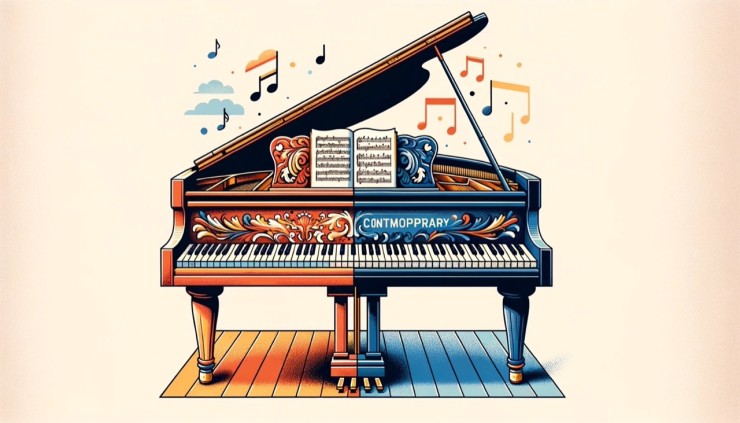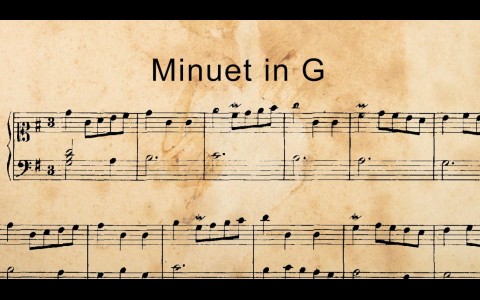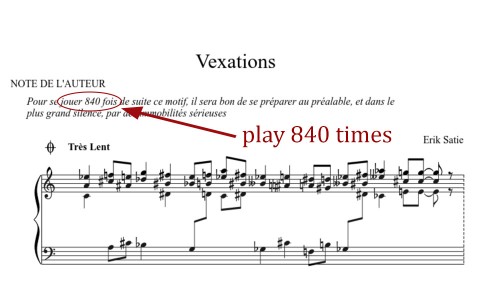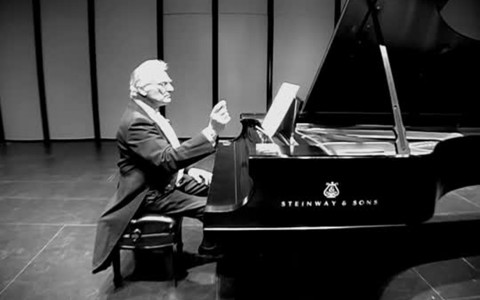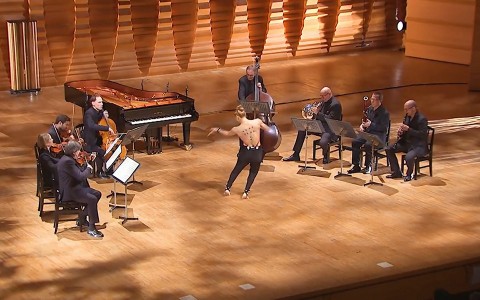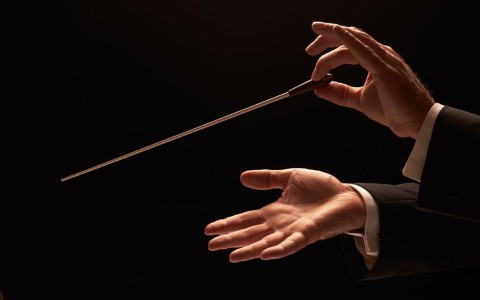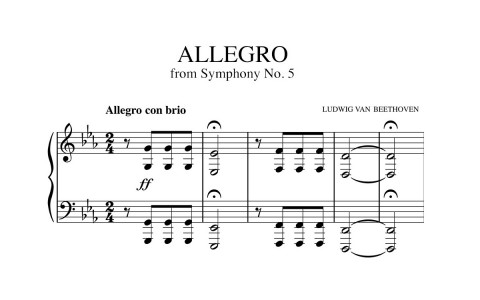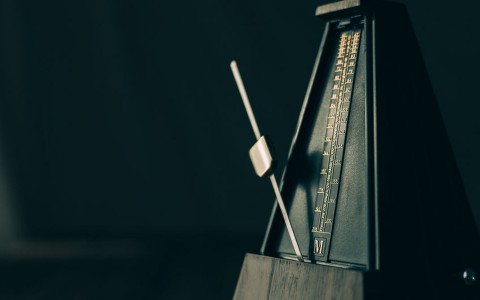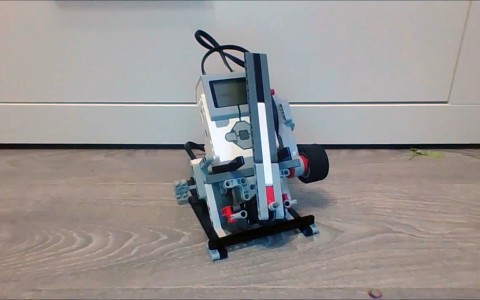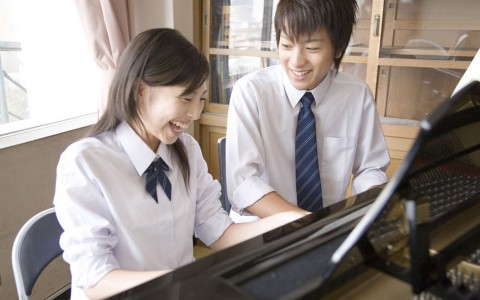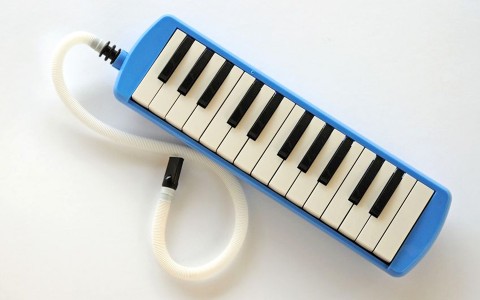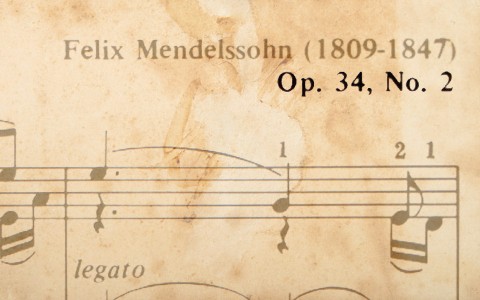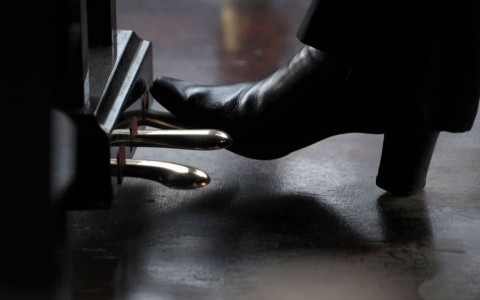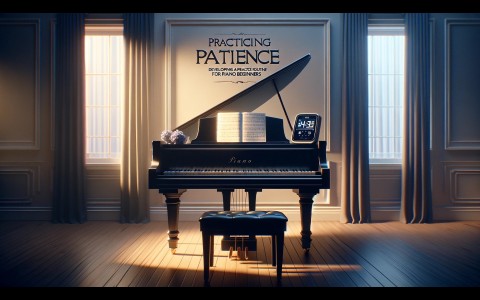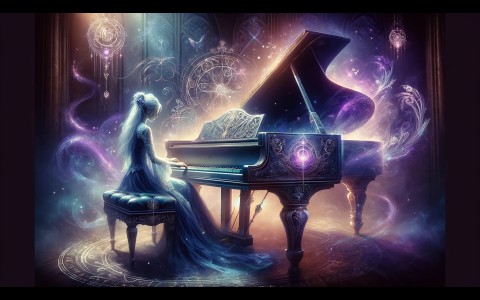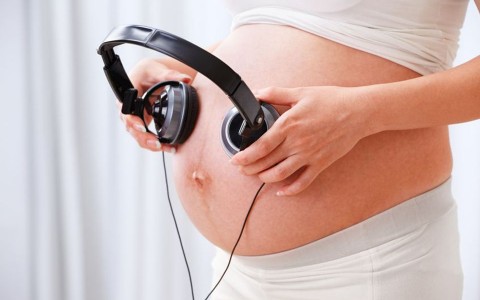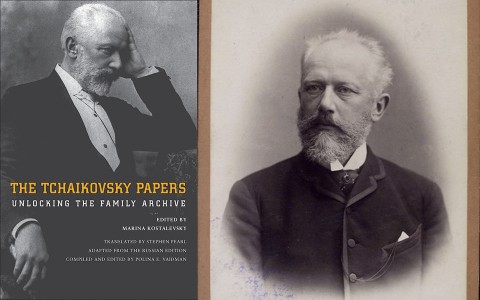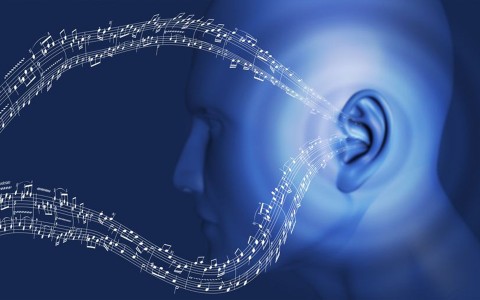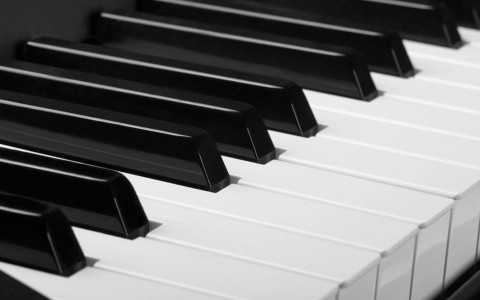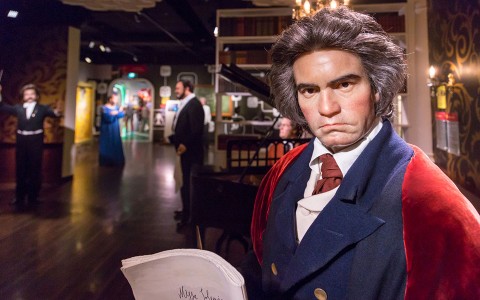In the realm of piano education, a perennial debate exists: should the emphasis be placed on classical pieces that have traversed through centuries, or should the spotlight shine on the contemporary pieces reflective of our current epoch? The crux of this debate hinges on a broader question—what serves the budding pianist more? Is it the disciplined technique and historical richness embedded in classical pieces, or the relevance and creative spontaneity found in contemporary music? As we traverse through the corridors of this discussion, we shall explore the unique benefits each domain offers, and ponder upon the golden mean that promises a harmonious blend of tradition and modernity in piano pedagogy.
Mastery and Fundamentals:
Classical Music:
- Technique: Classical pieces often embody fundamental techniques that are crucial for a pianist’s development. They also provide a comprehensive understanding of music theory and history.
- Discipline: The discipline required to master classical pieces can be rigorous, which can be instrumental in developing a strong work ethic in students.
- Historical Understanding: Learning classical pieces can also provide students with a historical context of music evolution over centuries.
Contemporary Music:
- Relevance: Engaging with contemporary music can make learning more relevant and enjoyable for students, as they often recognize and connect with modern melodies.
- Creativity: Modern pieces may allow for more creative expression, as they often encourage improvisation and personal interpretation.
- Engagement: Contemporary music can be more engaging and motivating for some students, keeping their interest alive.
Audience Connection:
Classical Music: Classical pieces have stood the test of time and are appreciated for their complexity and emotional depth. However, they might not always resonate with modern audiences, especially younger generations.
Contemporary Music: Playing contemporary pieces might help in connecting better with today’s audiences. It could also assist in keeping the piano and its music relevant in today’s musical landscape.
Professional Development:
Classical Music:
For those aiming for a professional career in music, a classical foundation is often considered essential. It's a respected tradition with a rich repertoire that can be beneficial in professional settings.
Contemporary Music:
On the other hand, a repertoire of contemporary music can be beneficial for those looking to work in modern music industries, such as pop, jazz, or composing for films and video games.
Balancing Both:
A balanced approach might be the most beneficial. Engaging with both classical and contemporary pieces could offer a well-rounded education, allowing students to build a solid technical foundation while also encouraging creativity and modern relevance.
In conclusion, the decision could be individualized based on the student's interests, goals, and the teaching philosophy of the instructors. Exploring a mix of classical and contemporary pieces could provide a rich, diverse, and rewarding learning experience for piano students.
